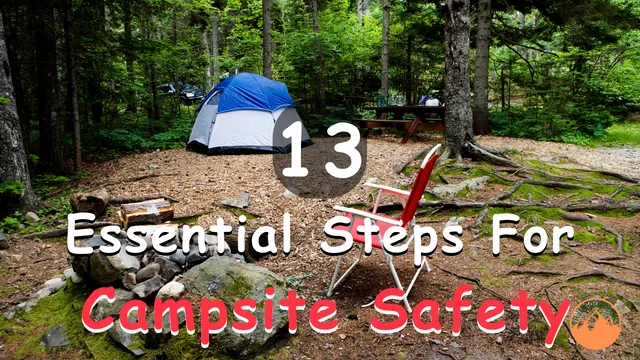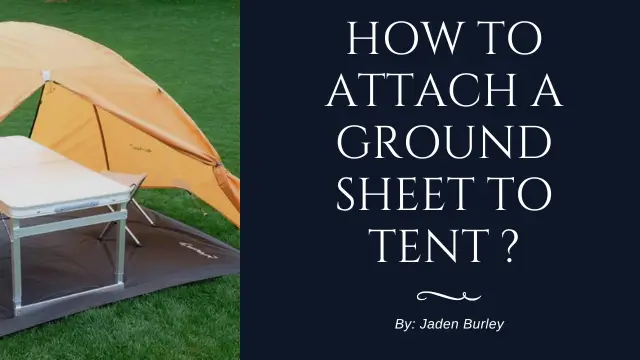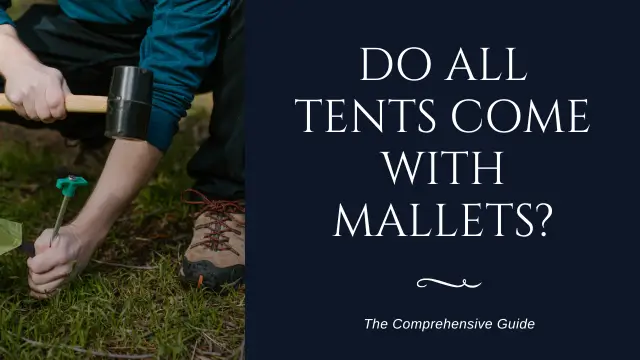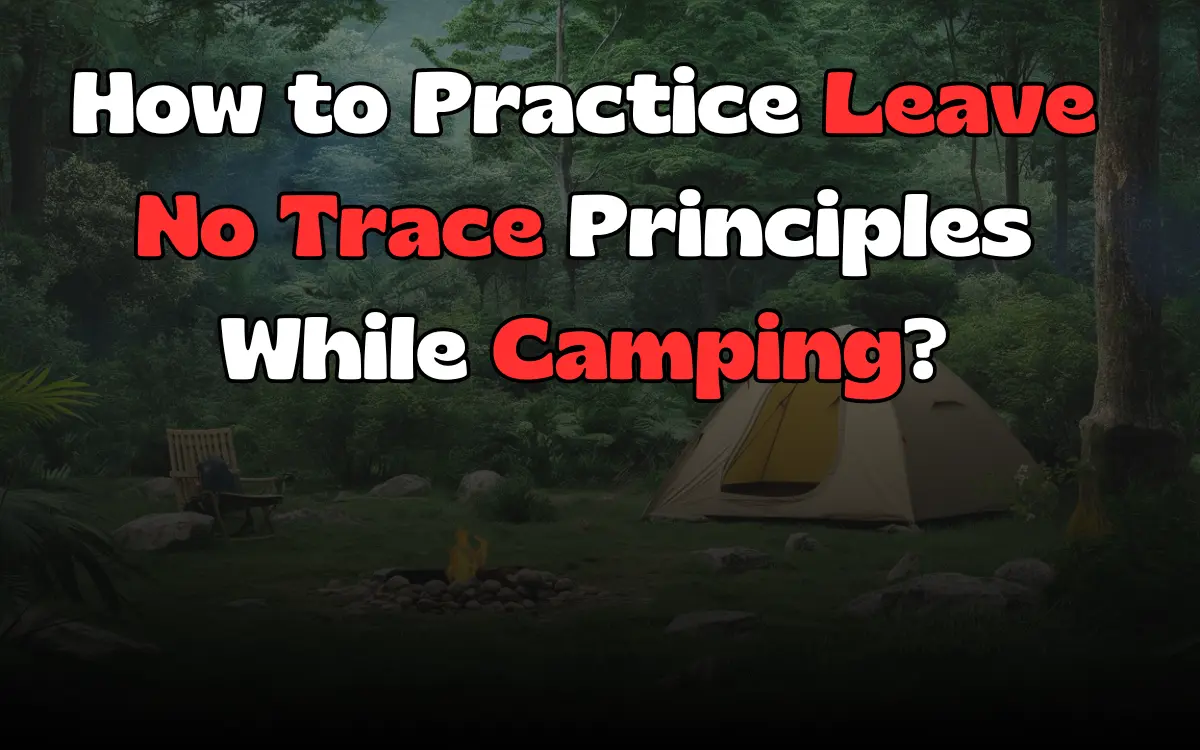13 Essential Campsite Safety Tips

Camping is a fun and rewarding activity that can be enjoyed by people of all ages and backgrounds, but it also involves some risks and challenges that require careful planning and preparation.
In this article, we will discuss 13 essential campsite safety tips that can help you have a safe and enjoyable camping trip.
1. Check The Weather Forecast & Prepare Accordingly
One of the most important steps for campsite safety is to check the weather forecast and prepare accordingly.
Weather can change quickly and unexpectedly in the outdoors, so you need to be ready for any conditions.
Here are some tips on how to check the weather forecast and prepare accordingly for your camping trip:
- Check the weather forecast for your destination before you leave home. You can use online sources, such as weather.gov or accuweather.com, or call the local ranger station or park office for updated information. Pay attention to any alerts or warnings for severe weather, such as thunderstorms, high winds, flash floods, or extreme heat or cold.
- Pack clothing and gear that are suitable for the expected weather. For example, if you are camping in a rainy area, bring a waterproof tent, rain jacket, rain pants, and boots. If you are camping in a cold area, bring warm layers, a sleeping bag rated for low temperatures, a hat, gloves, and a scarf. If you are camping in a sunny area, bring sunscreen, sunglasses, a hat, and a long-sleeved shirt.
- Bring extra clothing and gear in case the weather changes. For example, if you are camping in a warm area, bring a fleece jacket, a wool hat, and a rain poncho in case it gets cold or wet at night. If you are camping in a dry area, bring extra water bottles, electrolyte drinks, and a cooling towel in case it gets too hot during the day.
- Monitor the weather during your camping trip. You can use a radio, a smartphone app, or a weather station to get updated forecasts. You can also observe the sky for signs of changing weather, such as clouds, wind direction, or air pressure. If you notice any signs of severe weather approaching, take shelter immediately and follow the instructions from the authorities.
Check out this article for more tips and tricks on How to Stay Safe in Extreme Weather While Camping.
2. Locate on High Ground
When selecting a campsite, it is important to look for a location on high ground to help avoid water runoff during rain storms. This can prevent flooding and water damage to your tent and belongings.
By choosing the highest ground available, you can prevent potential flooding and keep your tent dry and secure.
Additionally, high ground areas typically offer better views, cooler temperatures, and less exposure to biting insects, making it a comfortable and enjoyable camping experience.
Be sure to avoid areas that are prone to flash floods or landslides, like rivers, streams, or lakes that may rise or overflow during heavy rain or snowmelt. And ensure that you always have an emergency plan in place in case of inclement weather.
3. Seek Campsites With Natural Shade
Fierce sunshine can be just as unpleasant as rain around camp. So it’s important when selecting your campsite to look for a location with natural shade, such as a grove of trees, to provide protection from the sun’s harmful rays.
This will not only help keep you cool and comfortable during the day but you’ll be able to do camp chores and avoid sunburns and the risk of heat exhaustion.
Setting up your tent in a shaded area can also reduce the amount of direct sunlight that hits your tent, helping to keep it cooler during the day.
Be sure to select a spot that is clear of any potential hazards, such as dead trees or rocky terrain, to ensure a safe and enjoyable camping experience.
4. Search for ‘Widow Makers’ (Dead Trees)
While camping areas with lots of trees offer good shade, beware of dead trees that can pose a significant danger, especially during strong winds or bad weather.
These trees around camps have earned the nickname “widow makers” as they can fall and cause serious injury or damage to your campsite.
Avoid camping under or near any dead trees or broken branches, hollow trunks or fungal growths.
Additionally, it is important to check regularly for any new dead trees that may appear during your stay.
5. Create a Safe Cooking Area
It is wise to choose a food prep and cooking area several paces from your shelter to avoid accidents and critters from sniffing out scraps close to where you sleep.
- Choose a designated cooking area that is flat, level, and away from any flammable materials.
- Although most backpacking stoves keep flames well contained, be sure to clear any debris such as dried leaves, grass and twigs from the cooking area to reduce the risk of fire.
- Always use a stove or grill rather than an open flame when cooking, , as they are safer and more efficient and make sure the area you choose for the stove or grill is stable and level. Check out this 6 important camping stove safety tips.
- Avoid cooking in your tent, as this can pose a fire risk and increase the risk of exposure to carbon monoxide.
- Locate your water reserves near the cooking area to douse potential fires.
6. Store your Food Properly
Storing food properly is an essential step for campsite safety and preventing unwanted encounters with wildlife, especially bears.
- Always clean fish and other game away from camp and wash cookware as soon as your meal time is over.
- Secure your backpacking food reserves and any scented items such as toiletries, cooking utensils or garbage properly in airtight containers and hang it from a tree limb out of reach from bears, raccoons, and other scavengers.
- Locate it a comfortable distance away from your shelter and never store food in your tent or eat in your tent, as this can attract wildlife to your campsite.
- If you are in bear country, it is important to follow bear safety guidelines, such as avoiding making noise while hiking, carrying bear spray, and avoiding hiking alone.
- Familiarize yourself with any specific guidelines of the area you are camping in, as they may vary based on the location and season.
7. Safe Place for Fire
Building a fire is an important part of many camping experiences, but it’s essential to select a safe place for your campfire and follow all precautions to prevent potential hazards.
- Check if campfires are allowed in the area you are camping in, as restrictions may vary due to weather conditions, fire danger levels, and local regulations.
- Once you have confirmed that campfires are permitted, select a flat and open location at least 15 feet away from any flammable materials, such as low-hanging branches, dry grass, or shrubs.
- Use a designated fire pit, if available, or create a fire ring with rocks or dug-out materials.
- Use only dry wood or charcoal as fuel and avoid burning trash or plastic.
- Always keep a bucket of water and a shovel within reach, and never leave a fire unattended or go to sleep with it still burning
- Make sure to fully extinguish the fire before going to bed or leaving the campsite by dousing it with water and stirring the ashes until they are cold.
8. Set up Near Water
When setting up a campsite, one of the safety measures to take into consideration is establishing it near water.
Not only does water serve as a source of hydration and a place for recreational activities, but it can also act as a safety barrier against wildfires.
However, it is important to be aware of the potential risks associated with camping near water, such as flash floods, rising tides, and strong currents.
- Ensure that your campsite is located at a safe distance from the water’s edge and that you have a clear path for evacuation in case of an emergency.
- Pack appropriate gear such as life jackets, water shoes, and a first-aid kit for water-related emergencies.
9. Pack & Use a First-Aid Kit for Emergencies & Minor Injuries
Packing and using a first-aid kit is an essential step in promoting campsite safety and ensuring a stress-free camping experience.
Accidents can happen anytime, anywhere, so it is important to prepare for emergencies and minor injuries beforehand.
- A well-stocked first-aid kit should include essentials such as antibacterial ointment, adhesive bandages, antiseptic wipes, ibuprofen, sterile gauze, adhesive tape, and pain relievers.
- If you have a camper with a life-threatening allergy, include an EpiPen. Carry first aid supplies in a waterproof box or bag.
- Familiarize yourself with the contents of the kit and be prepared to administer basic first-aid when necessary by taking a basic first-aid course and learning how to treat common camping injuries, such as cuts, burns, blisters, sprains, insect bites, etc.
- Store the kit in a visible and easily accessible location and make sure it is in good condition and not expired.
10. Establish a Toilet Area
Establishing a toilet area is an important step in promoting campsite safety and environmental protection.
It is recommended to use designated toilets or portable camping toilets to prevent environmental damage and contamination of water sources. When choosing a location for your toilet area:
- Select an area at least 200 feet away from water sources and your campsite to prevent contamination.
- Choose a landmark, such as a large tree or rock, as the location of your toilet area and make sure it’s easily identifiable for future use.
- Once identified, remove any brush or obstacles along the path between the toilet area and your campsite to make the trip safe and accessible, especially during the night.
- When digging your toilet area, ensure that large debris is cleared away so as not to block the toilet or hinder clear access to it.
- Keep the toilet area sanitary by burying waste at least six inches deep and covering it thoroughly with soil.
- It’s recommended to use environmentally-friendly, biodegradable toilet paper and to pack hand sanitizer or soap for handwashing.
11. Use Insect Repellent & Wear Appropriate Clothing
Insects such as ticks, mosquitoes, and flies can pose a significant threat to campsite safety, especially when they carry diseases.
To protect yourself, it is important to:
- Use insect repellent and wear appropriate clothing.
- Choose a repellent that contains DEET, picaridin, or oil of lemon eucalyptus and apply it to exposed skin and clothing as directed.
- Wear light-colored, long-sleeved shirts, and pants to minimize skin exposure.
- Tuck pants into socks and wear closed-toe shoes to prevent insect bites.
- Regularly check for ticks and remove them promptly.
Check this article if you want to learn about How to keep bugs away while camping.
12. Keep Gear Organized
A disorganized campsite can lead to tripping hazards, lost items, and difficulty accessing necessary equipment in case of an emergency.
To keep gear organized:
- Use designated storage areas such as plastic containers or duffel bags, and label them clearly for easy identification.
- Keep your cooking and food storage areas separate from your sleeping area to prevent unwanted visitors such as wildlife.
- Make a checklist of necessary items to pack and ensure that everything is returned to its designated storage area after use.
A well-organized campsite reduces clutter and risk, making it easier to navigate and enjoy your camping experience.
13. Be Respectful of Wildlife & Avoid Approaching or Feeding Them
Approaching or feeding wildlife not only puts you at risk of injury, but it can also disrupt their natural behavior and lead to potential conflicts.
To be respectful of wildlife:
- Keep a safe distance and use binoculars or a telephoto lens to observe them.
- Never attempt to feed them, as it can make them dependent on human food and alter their behavior.
- Store food and trash securely in bear-resistant containers to prevent unwanted visits from animals.
- Avoid loud noises and sudden movements that can scare animals, and respect posted regulations and guidelines for wildlife encounters.






